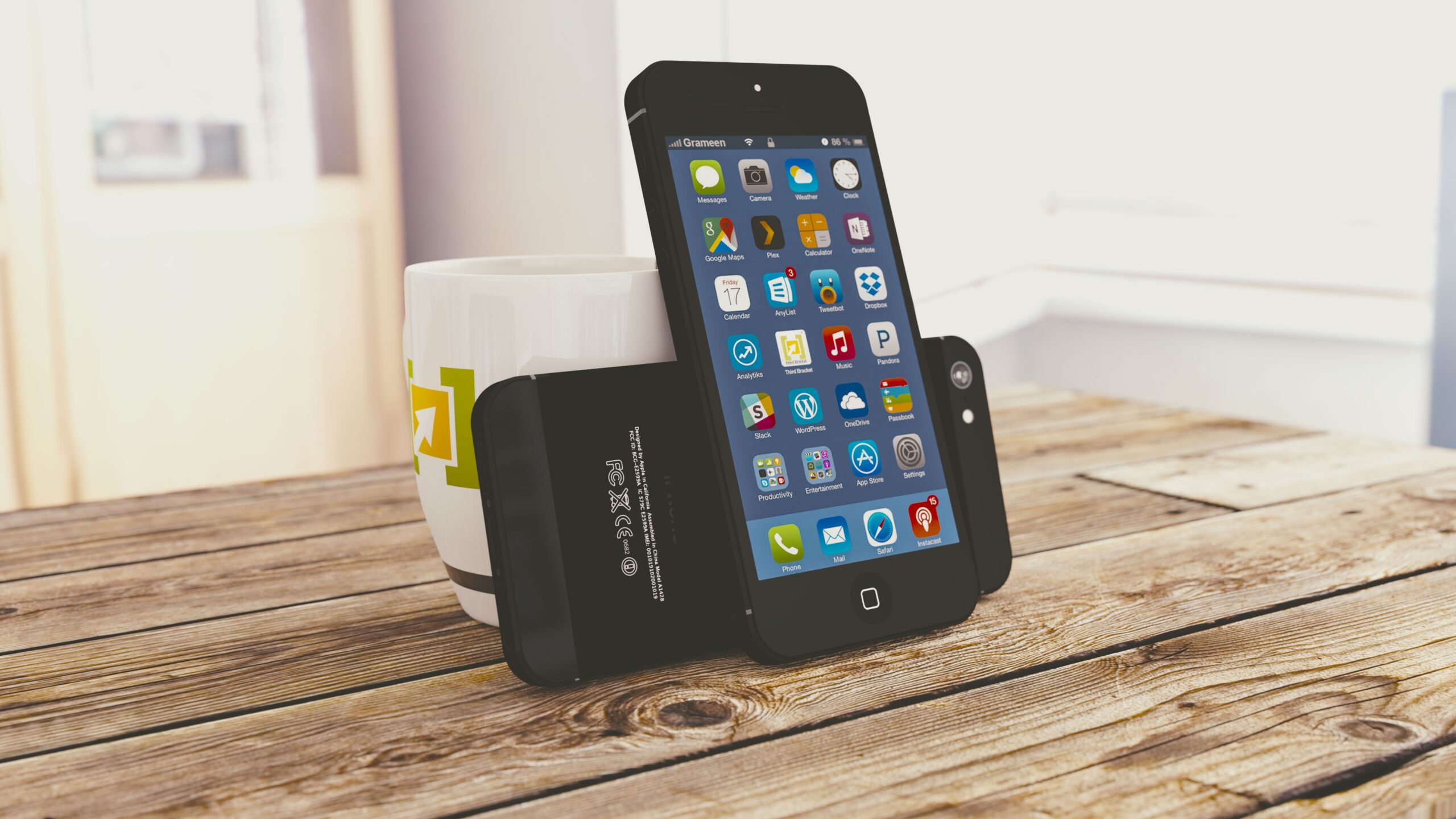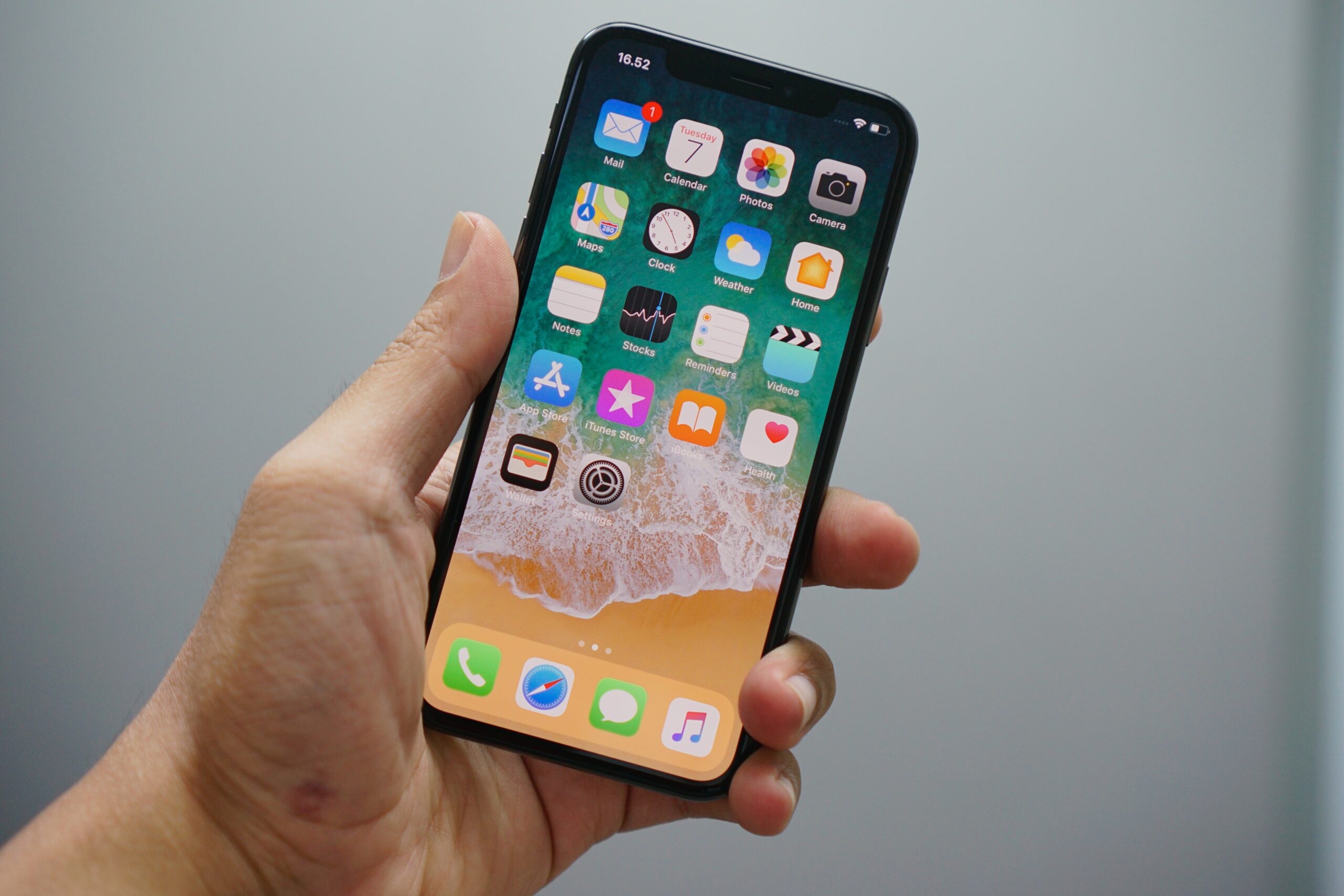Recording a WhatsApp video call might be necessary for various reasons such as professional discussions, online meetings, or memorable conversations with loved ones. Here’s a detailed guide on how to record WhatsApp video calls on different devices, ensuring that every moment is captured perfectly.
Considerations Before Recording
Before you jump into recording a WhatsApp video call, it’s essential to consider a few crucial aspects to ensure a smooth and ethical recording process:
- Consent: Always ensure that all participants of the video call are informed and have consented to being recorded. This approach respects privacy and is also a legal requirement in many regions.
- Storage: Video recordings can often be large files. Ensure that your device has sufficient storage space to save the entire recording without issues.
- Internet Connection: A stable internet connection is vital during the recording to prevent interruptions or quality loss in the recorded video.
Android Devices

Built-in Screen Recording
Many recent Android smartphones come equipped with a native screen recording feature. This in-built tool allows for a seamless recording experience. Here’s how you can use it:
- Access the notification panel by swiping down from the top of your screen.
- Find and select the ‘Screen Record’ option. You might find this in the quick settings menu.
- Before starting the recording, you may choose the sound source and video quality in the settings.
- Commence your WhatsApp video call and then begin the screen recording.
- When the call concludes, stop the recording, and the file will be saved automatically in the gallery.
Features:
- Ease of Access: Integrated directly into the operating system, allowing for quick accessibility without needing additional downloads or installations.
- Customization: Often includes options to adjust video resolution, audio sources, and other settings to tailor recordings to specific needs.
- Notification Panel Integration: Allows for starting and stopping recordings directly from the notification panel, enabling quick control over the recording process.
- File Management: Automatically saves recordings in a specific gallery or folder, simplifying the process of locating and managing recorded files.
Third-party Apps
For Android devices that don’t have a built-in screen recorder, third-party apps like AZ Screen Recorder or DU Recorder are viable options. Here’s a step-by-step guide:
- Download and install your preferred screen recording app from the Google Play Store.
- Open the app, and you will find various options such as resolution, frame rate, and audio source to customize as per your needs.
- Navigate to WhatsApp and start the video call.
- Begin recording by accessing the screen recording app’s features, usually available in the notification panel.
- After the call, stop the recording, and the video will be saved in a predefined location.
Features:
- Variety of Features: Offers a wide array of features like pause and resume, internal audio recording, and even editing tools to enhance the final recording.
- User Customization: Allows users to customize various aspects, such as video quality, frame rates, and audio sources, ensuring recordings meet specific requirements.
- Overlay Controls: Provides easy-to-access overlay controls, enabling straightforward management of recording sessions.
- Reliability and Support: Popular third-party apps often come with reliable support and regular updates, ensuring consistent performance and access to new features.
iOS Devices

Built-in Screen Recording
Apple’s iOS comes with a powerful built-in screen recording feature, ensuring high-quality video capture. Here’s how to use it:
- Go to Settings > Control Center > Customize Controls, and add ‘Screen Recording.’
- Access the Control Center by swiping down from the top-right corner of the screen (or swiping up on older iPhone models).
- Tap on the ‘Screen Recording’ icon, and a countdown will commence, allowing you to navigate to WhatsApp.
- Start your WhatsApp video call. The screen recording will capture all activities on your screen.
- To conclude the recording, tap the red status bar at the top, and select ‘Stop.’
Features:
- Simplicity: Designed to be straightforward and easy to use, minimizing complexities involved in starting and stopping recordings.
- Control Center Integration: Direct integration into the Control Center allows for immediate access, facilitating quick actions during video calls.
- Audio Recording Options: Provides options for recording audio from the microphone, offering flexibility in capturing sound during video calls.
- Notification Support: Provides notifications and status bar indications, helping manage recording sessions efficiently.
Windows & Mac (for WhatsApp Web/ Desktop)

Windows
oftware like OBS Studio can be used for recording WhatsApp video calls on Windows. Here’s a guideline:
- Download and install OBS Studio.
- Launch the application and set it up by selecting the source as the window where WhatsApp Web or Desktop is running.
- Adjust the recording frame to suit your preferences and ensure it captures the WhatsApp interface adequately.
- Initiate the WhatsApp video call and simultaneously start the recording on your chosen software.
- When your call ends, stop the recording, and it will be saved in a specified folder.
Features:
- Versatility: Suitable for various recording needs, including streaming, making it a versatile choice for users.
- Source Selection: Allows users to choose specific windows or screens for recording, offering flexibility in capturing content.
- Customization: Provides options for customizing video resolution, frame rates, and other essential settings, allowing for tailored recording experiences.
- Free and Open Source: As a free and open-source tool, it offers extensive community support and a wealth of online resources for troubleshooting and learning.
Mac
For Mac users, QuickTime Player offers a straightforward way of recording WhatsApp video calls. Here’s how:
- Open QuickTime Player, and in the menu bar, click on File > New Screen Recording.
- You can select options such as the microphone and recording quality.
- Choose the recording area by adjusting the frame to cover the WhatsApp Web or Desktop window.
- Begin your video call on WhatsApp and start the recording on QuickTime.
- Conclude the recording when your call ends, and the file will be automatically saved.
Features:
- Ease of Use: With a straightforward interface, it offers simplicity and ease of use, ensuring users can quickly start and manage recordings.
- File Format Support: Supports various file formats, ensuring compatibility and usability of the recordings across different platforms.
- Editing Capabilities: Includes basic editing capabilities, allowing for trimming and adjustments directly within the application, simplifying the post-recording process.
Post-Recording Tips
Once you have successfully recorded your WhatsApp video call, here are some things to consider:
- Editing: You might want to edit the video to remove unnecessary parts, add captions, or enhance the video quality.
- Backup: Ensure that you save or back up your recording securely. You could use cloud storage solutions to ensure that you don’t lose your video due to unexpected device issues.
- Sharing and Accessibility: Consider how you will share the video if needed. Ensure that the format of the video is suitable for viewing on different devices and platforms.
Legal and Ethical Guidelines
It’s also vital to keep legal and ethical considerations in mind when recording video calls:
- Data Protection: Ensure that the recorded video is stored and shared securely to prevent unauthorized access and protect the privacy of the participants.
- Usage: Clearly communicate to all participants how the recording will be used and ensure that it is utilized for the agreed-upon purposes only.
- Retention: Consider how long the recording should be retained. Establish and communicate a clear retention policy to avoid unnecessary long-term storage of potentially sensitive information.
Quality Optimization
Ensuring the recorded video call is of the highest quality is essential for clear playback and usability. Consider these aspects for an optimized recording:
- Environment: Conduct the call in a well-lit and quiet environment to enhance the visual and audio clarity of the recording.
- Device Setup: Ensure that the device used for recording is stable. Using headphones can reduce background noise and improve audio quality.
- Network Stability: An unstable network connection can compromise video call quality. Ensure a strong, stable internet connection for the duration of the call.
Tools and Additional Resources
There are several tools and resources that you might consider exploring to improve the recording and post-production process:
- Editing Software: Tools like Adobe Premiere Pro, Final Cut Pro, and iMovie offer advanced editing options to enhance video recordings.
- File Conversion Tools: Various online tools and software allow for the conversion of video files to different formats, adjusting compatibility and size.
- Cloud Storage: Platforms like Google Drive, Dropbox, and OneDrive can store large video files and facilitate easy sharing and access.
Security Considerations
Keeping your recordings secure is of utmost importance, especially when sensitive information is involved. Here are points to consider:
- Encryption: Ensure that the saved recordings are encrypted to protect them from unauthorized access.
- Password Protection: Consider adding a password to access the recording files, adding an extra layer of security.
- Secure Sharing: When sharing the recording, use secure platforms and avoid sending them through unprotected channels.
Best Practices Recap
As a quick recap, here are some best practices to follow when recording WhatsApp video calls:
- Plan Ahead: Make necessary preparations, such as informing participants and ensuring a conducive recording environment.
- Choose the Right Tools: Based on your needs, choose tools that offer the best features for recording and post-production.
- Focus on Security: Keep the recordings secure, from the moment they are saved to the times they are shared and accessed.
Conclusion
Different devices and operating systems offer various tools to record WhatsApp video calls effectively. By choosing a method that suits your device’s capabilities and your personal preferences, you can ensure that your video calls are recorded with clarity and precision. Remember to always secure consent from all participants to maintain ethical communication standards.
Frequently Asked Questions
Q1: Is it legal to record WhatsApp video calls?
A: The legality of recording a WhatsApp video call varies depending on the laws and regulations of each country or state. Generally, obtaining consent from all participants before recording is a safe and ethical practice.
Q2: Does WhatsApp have a built-in video call recording feature?
A: No, WhatsApp does not currently offer a built-in feature specifically for recording video calls. Users can utilize third-party apps or built-in screen recording features on their devices to record video calls.
Q3: Which third-party apps are recommended for recording WhatsApp video calls on Android devices?
A: Apps like AZ Screen Recorder and DU Recorder are popular choices for Android users. They offer various features like customization options, easy controls, and additional editing tools.
Q4: How can I record a WhatsApp video call on my iPhone?
A: iPhones come with a built-in screen recording feature that can be used to record WhatsApp video calls. You can access this feature via the Control Center, and it allows for recording audio and video.
Q5: Can I record a WhatsApp video call on my computer?
A: Yes, you can use WhatsApp Web or Desktop and employ computer screen recording software like OBS Studio or Camtasia to record video calls.
Q6: Are the third-party recording apps safe to use?
A: While many third-party apps are safe, always ensure that you download apps from reputable sources, such as official app stores, and review user ratings and reviews to gauge the app’s reliability and performance.
Q7: Where are the recorded WhatsApp video calls saved on my device?
A: The location where the recordings are saved depends on the recording tool or app used. Typically, recordings are saved in the gallery or a specific folder designated by the recording app.
Q8: Can I edit the recorded video call before sharing it?
A: Yes, several video editing tools, both online and offline, allow you to edit the recorded video. You can trim, add captions, and make various adjustments to enhance the video.
Q9: What should I consider regarding the privacy and consent of participants when recording a video call?
A: Always inform all participants beforehand, obtaining their consent before starting the recording. This practice is essential for respecting privacy and adhering to legal and ethical guidelines.
Q10: What can I do if the recorded video file is too large to share?
A: You can use video compression tools to reduce the file size, or you could upload the video to a cloud storage platform and share the link with the intended recipients.

Marcus Levingston is a Senior Editor and Reviewer for Blubbedev.net, with a deep passion for technology. With a background in Electrical Engineering, Marcus has been reviewing tech products for nearly a decade, offering valuable insights and analysis. Currently, Marcus specializes in testing computer displays and other related technologies, keeping readers informed about the latest advancements.

